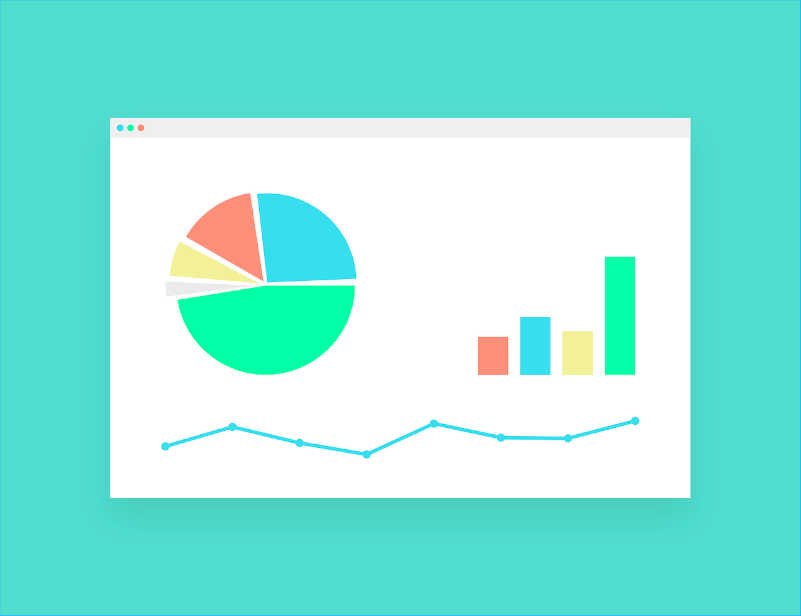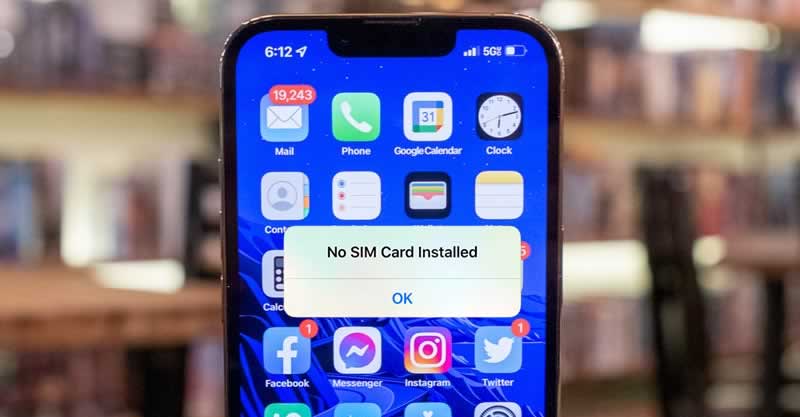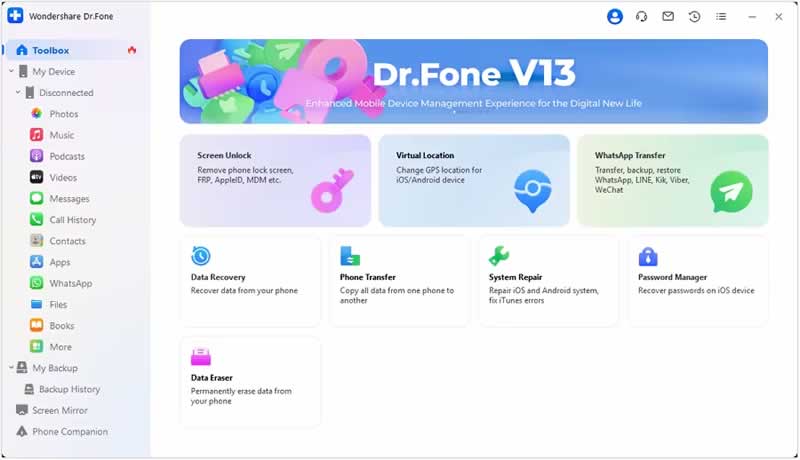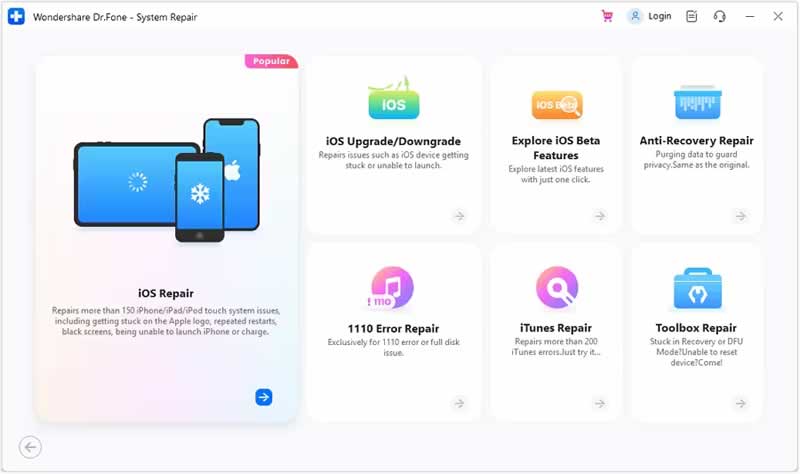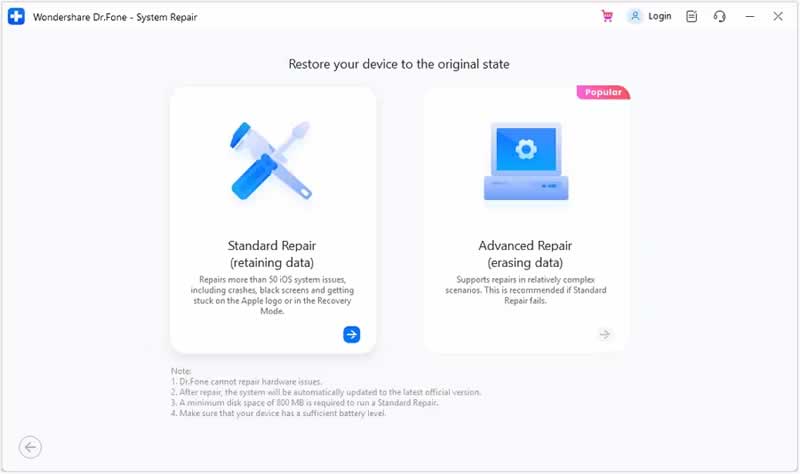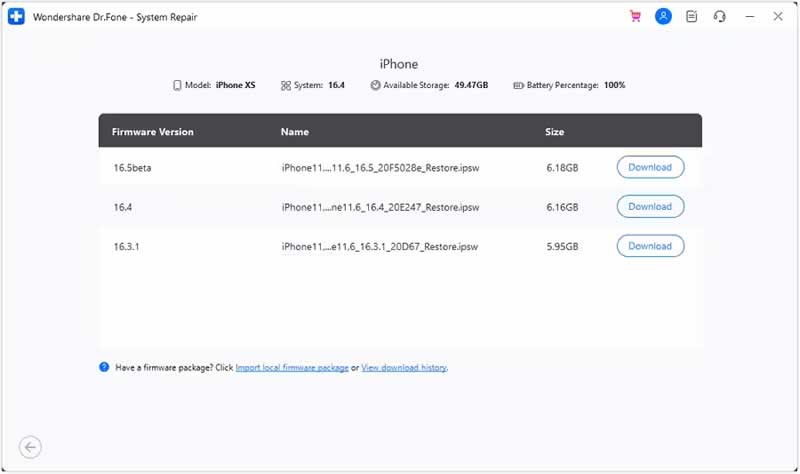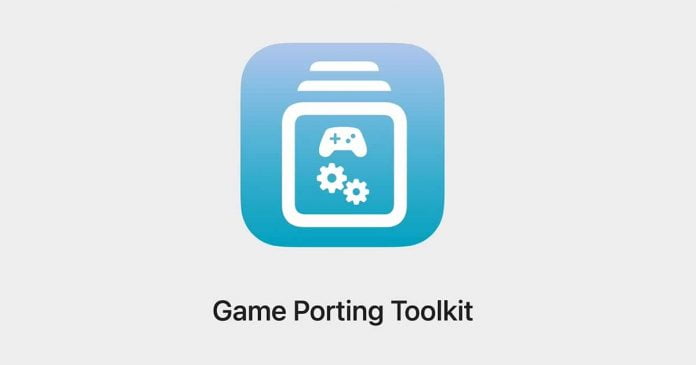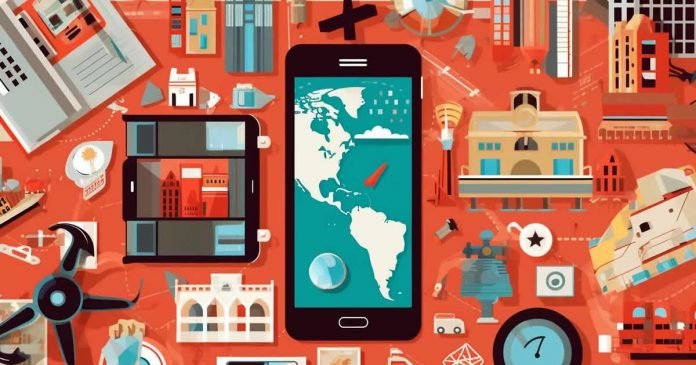Artificial intelligence (AI) and machine learning (ML) are technological innovations that have taken the world by storm in recent years. In particular, the business world has taken a major liking to these innovations, and over 35% of businesses are currently using AI in some capacity.
They allow businesses to speed up their processes, simplify tasks, automate procedures, and generally be more effective, efficient, and cost-effective. While AI and ML can help all areas of a business, they are specifically beneficial for marketing teams.
In particular, AI and ML have a growing role in the area of account based marketing (ABM). This guide is going to take a closer look at the role of AI and ML in account based marketing, as well as help you learn more about AI and ML for businesses in general.
Contents
What is the Role of AI and ML in Account Based Marketing?
There are several different roles that AI and ML can play in account based marketing, and here are some of the most important.
Helps to Generate Leads
Generating leads and finding accounts to target is an incredibly important part of ABM. You need to learn about (and profile) potential customers to get a sense of who to target. If you simply guess or choose without doing this legwork, your results will be shaky at best.
AI can assist by crawling the internet for various pieces of data and information about different potential accounts, to help identify which are most likely going to lead to positive results. Doing this on your own without the process being at least somewhat automated would take a lot of time and work.
The more you know about these target accounts (such as their pain points, priorities, goals, and mission), the better you will be able to deliver a proper message that resonates with them and hopefully is able to convert them into a client or customer.
Assists in Personalization Efforts
In a similar vein, AI and ML also play the role of assisting marketers in personalizing their campaigns. A key factor within ABM is being able to engage each account specifically, by hyper-targeting and personalizing your message for them and them alone.
AI can help ensure that all of your content that reaches your target is personalized perfectly in a way that resonates with them well and helps develop a stronger bond. If you can directly comment on a specific pain point or interest that a potential client has, automatically, it can go a long way.
Sure, this can be done manually but will take a lot more time, effort, money, and energy. In addition to this, AI can also personalize the content on your website to ensure it lines up perfectly with what your targets expect and are looking for on your site. It simply makes it easier and quicker to show targets that you are the right choice for them.
There is no doubting the importance of personalization in marketing and AI can help make this personalization much simpler and more streamlined.
Helps Gather, Track, and Show Off Data
Data is at the forefront of ABM, and AI can help you gather, track, make sense of, and show off that data. You will rely on data of all shapes and sizes to be able to tailor your campaign to a specific client.
Unfortunately, going out and getting this data manually, and then recording it manually, is a cumbersome process that is anything but efficient. Artificial intelligence can not only capture data automatically, but also manage, track, and show it in a way that makes sense and can be understood by your marketing team.
AI can also easily merge different data sources and collect all sorts of data in one place. This helps to identify patterns, gain more insights, and even assist in predicting the results you may be able to achieve in the future.
All in all, AI can greatly clean up the data you are using and make sure you are making logical and facts-based decisions in your campaigns.
Of course, make sure you are using the best practices for data collection, too. This ensures that data is not only accurate (be sure to learn more about the importance of accurate data) and that you end up with what you want, but also makes sure that things are done as ethically as possible.
What Other Ways are Businesses Using AI?
In addition to assisting marketing teams, AI has a variety of uses for businesses. It can be used to automate all sorts of processes from your sales to your prospecting, outreach, and more. Artificial intelligence can also help you improve your company website (and track its performance), create better content, and even keep tabs on your competitors.
Plenty of companies also use AI to optimize the customer journey or improve their experience. They can learn about the online behavior of a specific individual or team, to get a better sense of when to make an offer to try to convert. The better an experience a company can offer, the better their chances of making a sale (check out customer experience guide here to learn the importance of offering a good experience).
AI is also frequently used for things like detecting fraudulent behavior, automating customer service, and even transferring data. There is also huge potential for saving money with AI, as it can often do work quicker and more effectively than a human counterpart, which may allow you to downsize.
As AI and ML continue to evolve, expect them to be able to do even more for businesses of all shapes and sizes.
How to Choose the Right AI Solution?
When you are looking to roll out AI or ML within your business (whether for account based marketing or something else entirely), you need to ensure that you choose the right AI solution. There is no shortage of options today, and navigating the murky waters (especially as a company that may be new to using AI) can be challenging.
When choosing the right AI software, you need to consider things like the cost, the support that is provided, how often the model is updated, how it scales, and how simple it is to integrate within your current ecosystem.
Also, be sure that AI in general is right for you and actually needed within your business, and there is no reason to implement it for no reason. Consider doing some smart and small tests or experiments with AI to see if it is able to do the things you want/need it to.
What are Potential Drawbacks of AI and ML?
While artificial intelligence has several benefits and shows no signs of slowing down in terms of its growth in the business world, it isn’t perfect. There are some potential drawbacks that you need to be aware of if implementing AI and ML is something you want to do.
This includes the fact that some AI can be costly to implement, difficult to train people on, and even cause laziness in staff as they know they can rely on AI to carry the weight. AI also cannot replicate human emotion and generally isn’t capable of thinking outside the box.
The availability and quality of certain types of data can also limit the effectiveness of AI in some cases. There is also often a skill shortage when it comes to those capable of properly deploying AI solutions, though this is starting to improve. Knowing the risks and limitations of AI can help you make the right decision and ensure you aren’t making a mistake by bringing in AI.
What Does the Future Hold for AI and ML in Account Based Marketing?
The future of AI and ML within account based marketing is certainly exciting. The sustained success of AI in this space requires that quality data is available to power the various algorithms. Companies and the marketers who work for them need to be aware of (and talk about) the importance of quality data and being able to manage and protect it over time.
Also, keeping an open mind going forward as a marketer is important as some AI solutions will make suggestions that you may not have thought of in regards to your campaigns. You need to be willing to take risks based on the recommendations that AI makes going forward if you truly want to see the potential it has when it comes to ABM.
Of course, it is impossible to perfectly predict the future in the space, but there is no doubt that it is an exciting space that will certainly contribute to ABM trends and business trends as a whole throughout the coming years.
In conclusion, we hope that this guide has helped you learn a little more about both artificial intelligence and machine learning, as well as the major role they can play in account based marketing.



